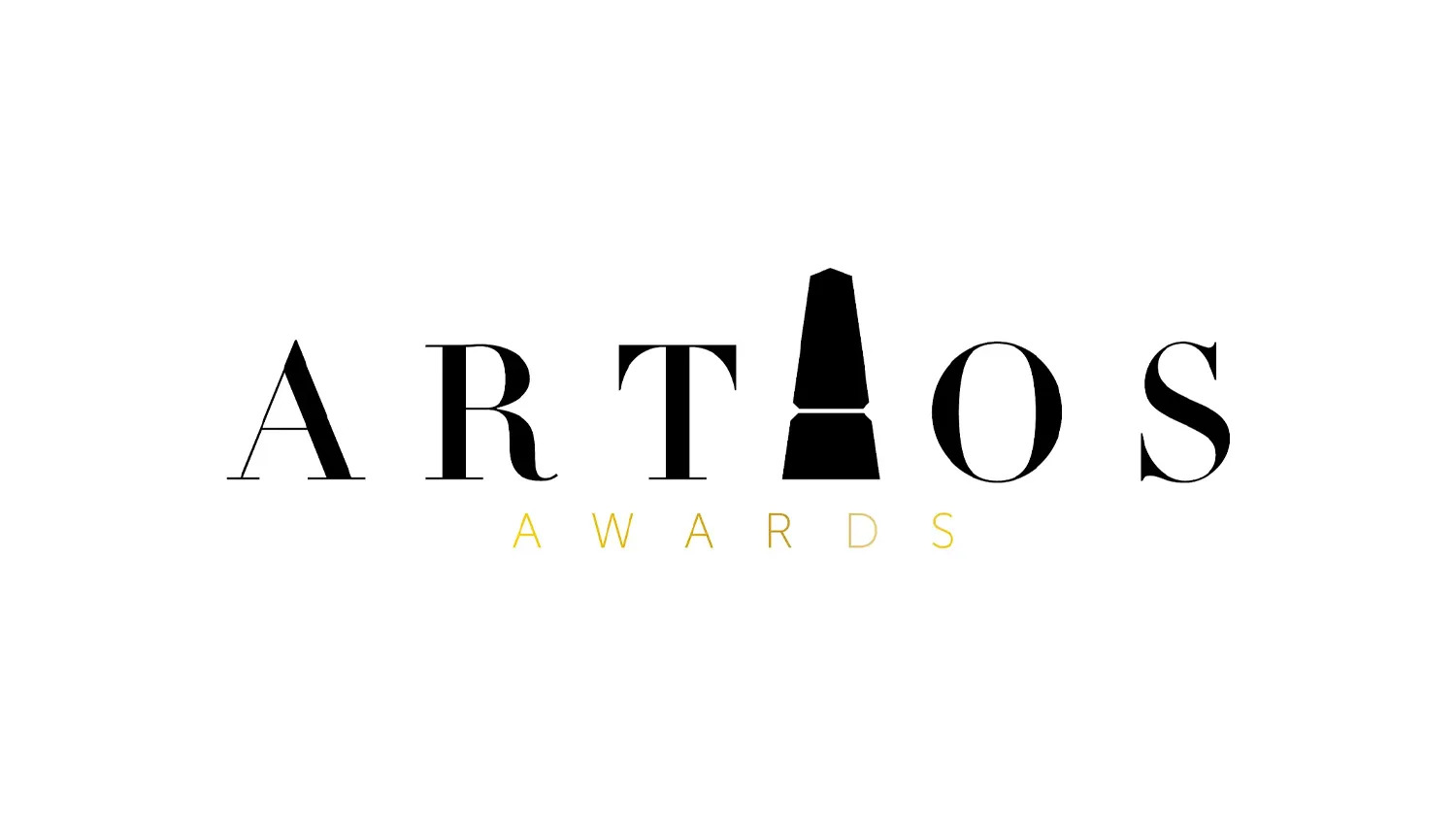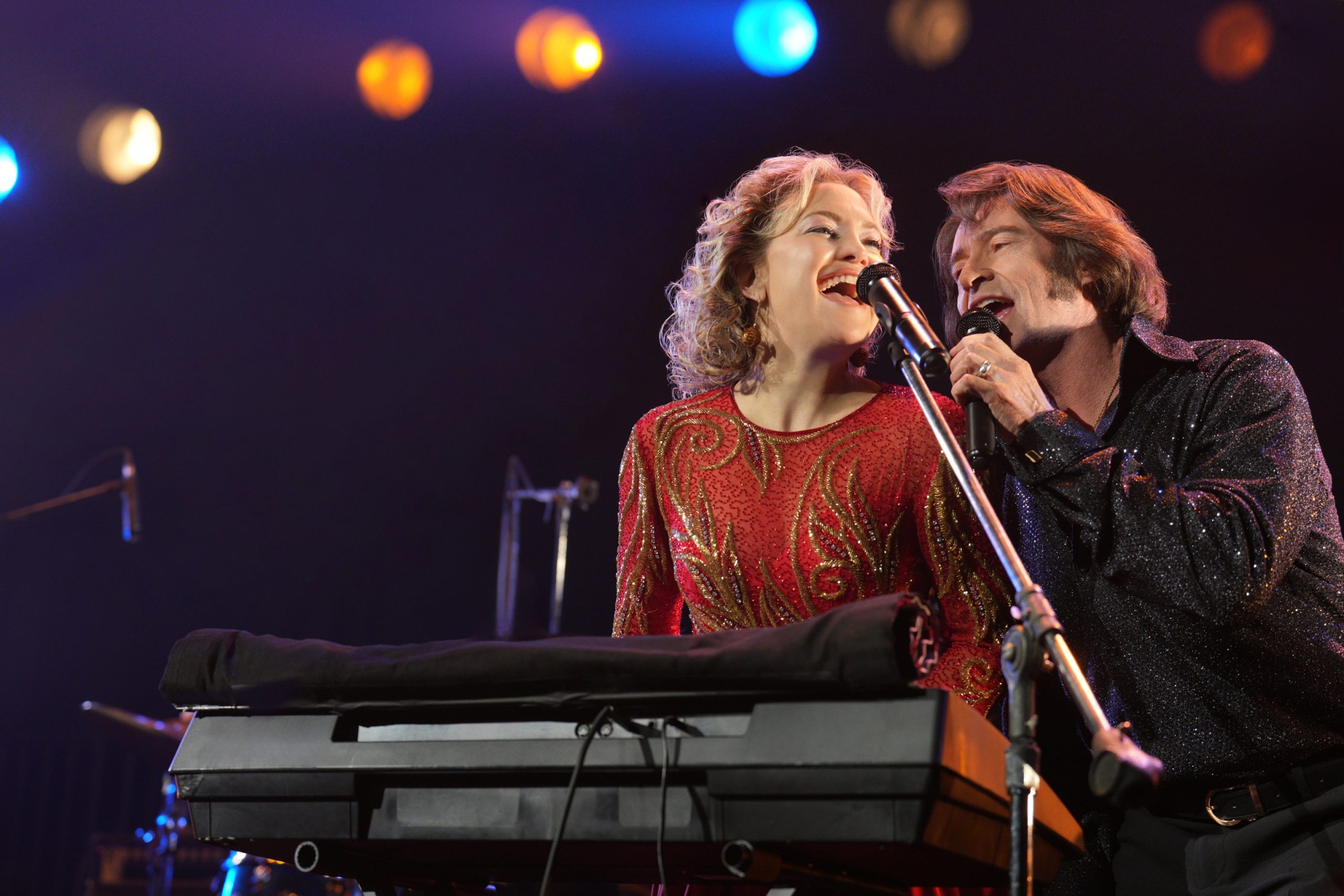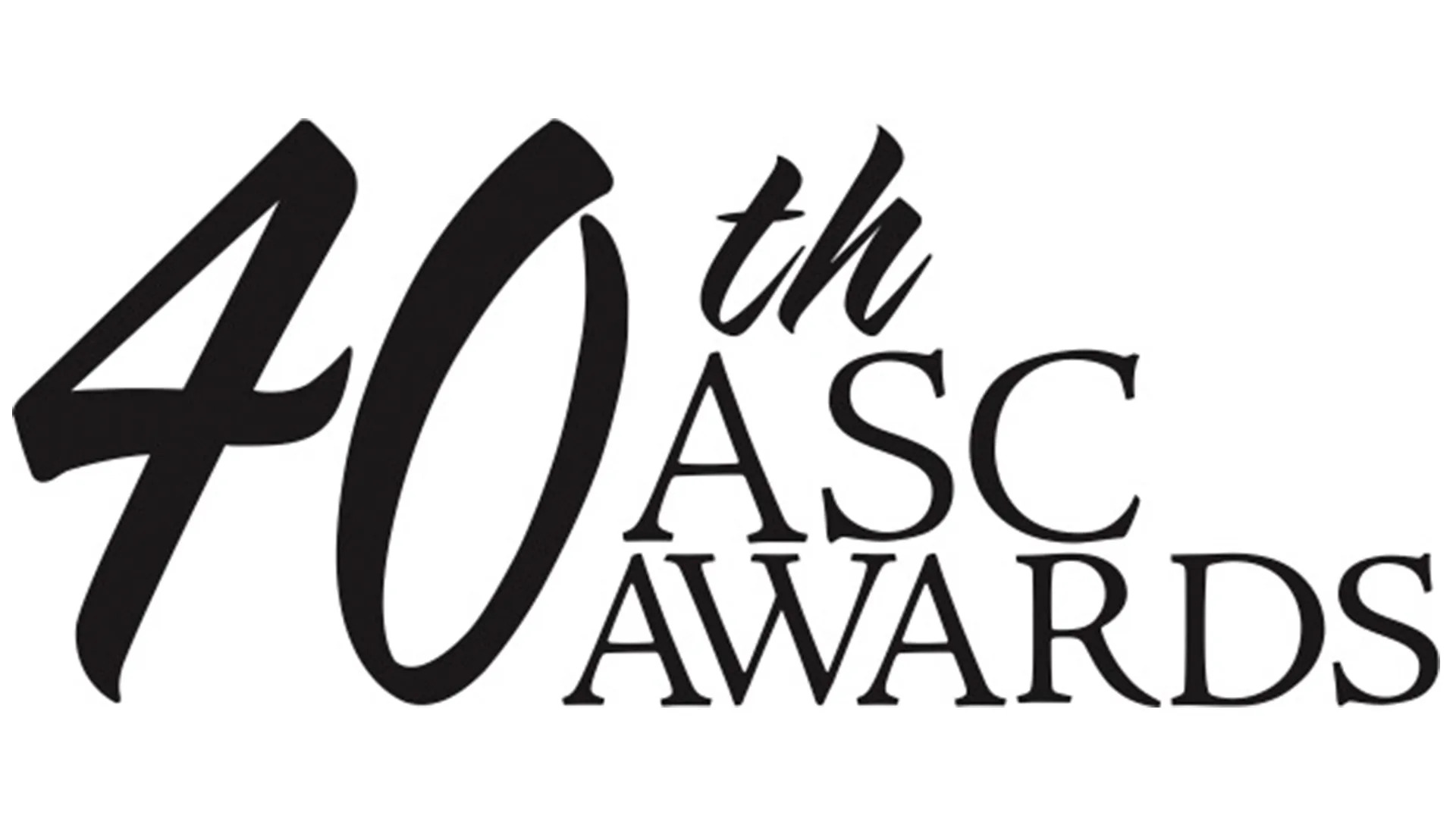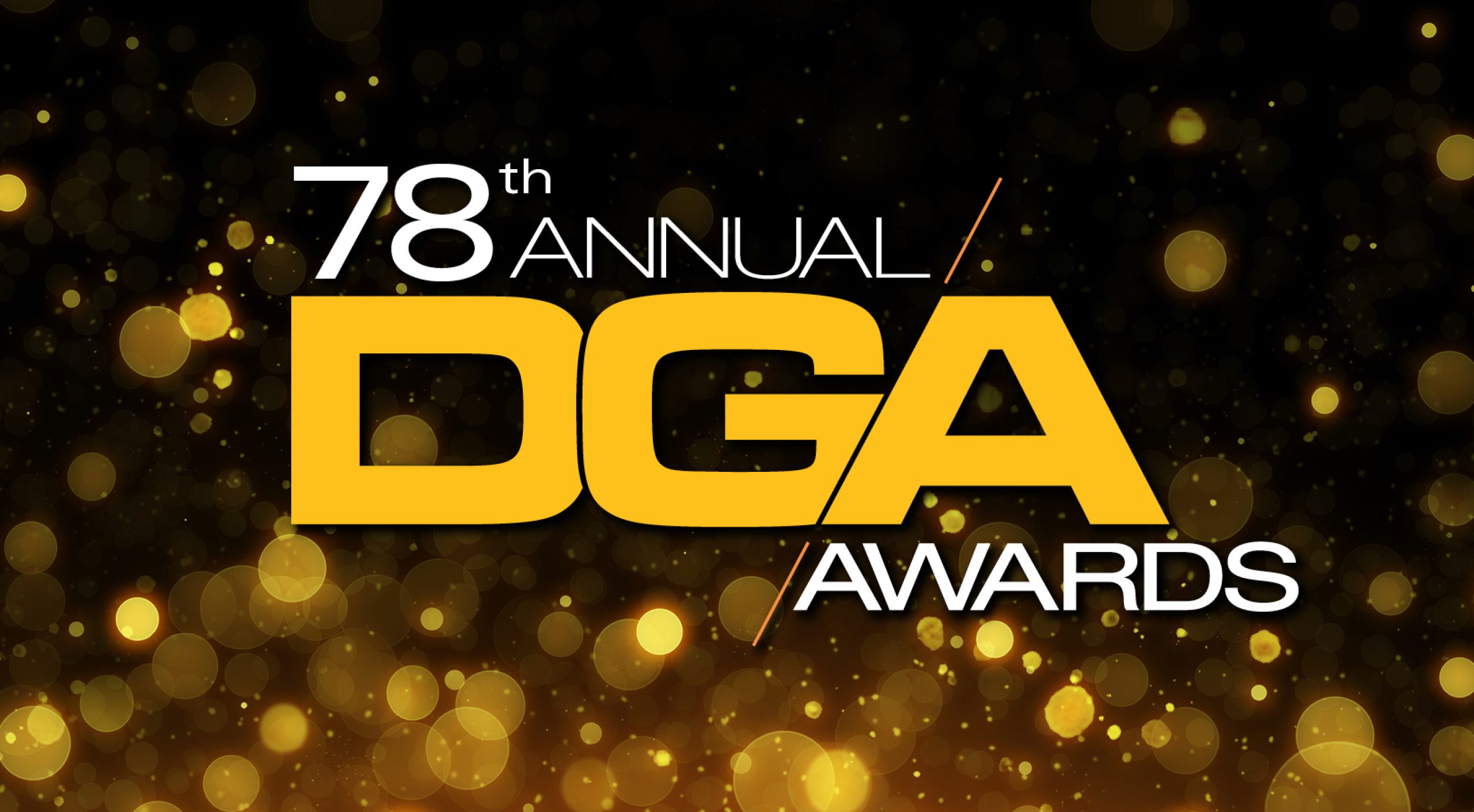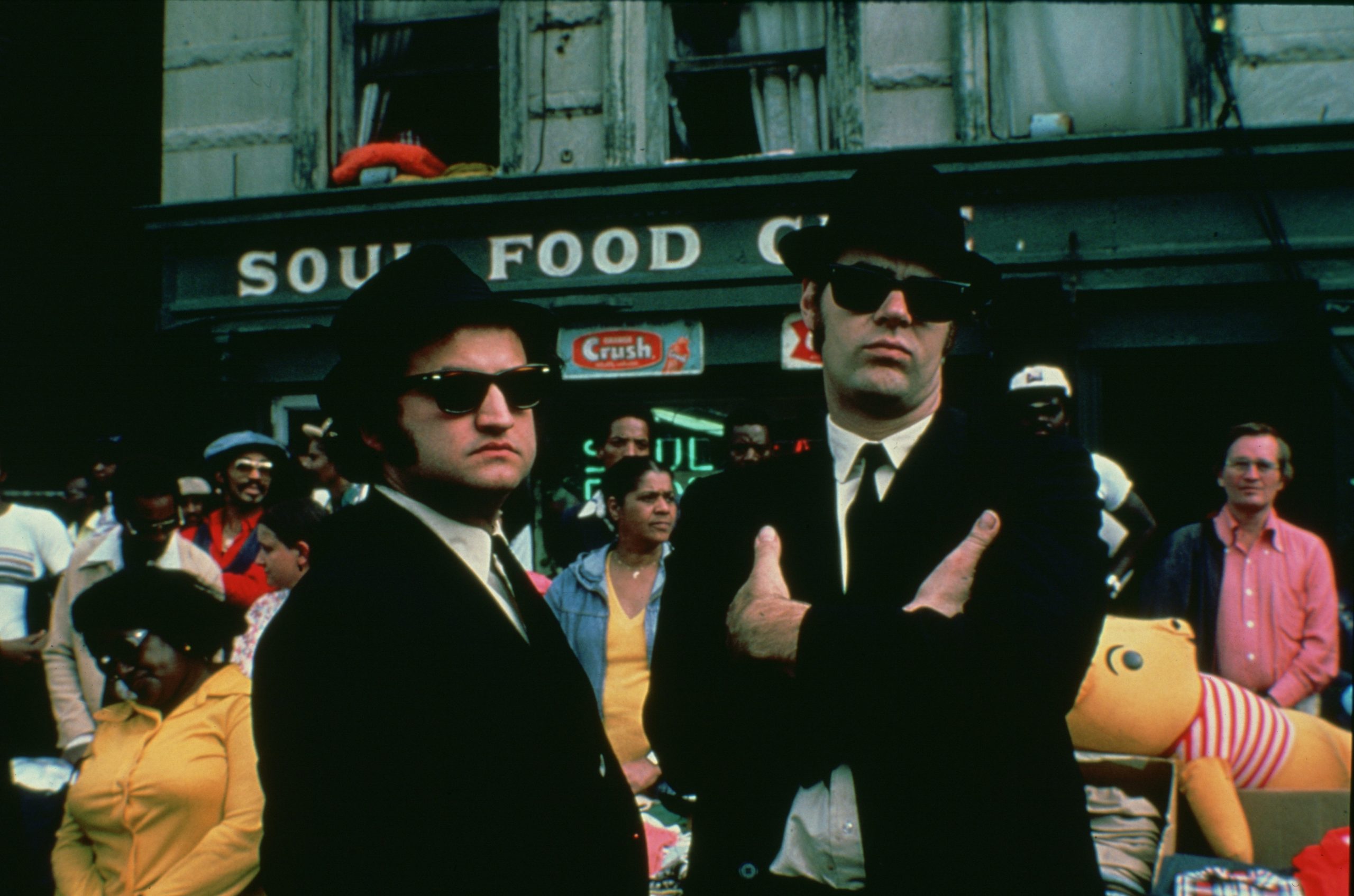
Costume design in cinema plays a crucial role in enhancing world-building, defining characters, and creating visual storytelling cues. Whether it’s subtle clothing choices or striking accessories like sunglasses, every detail contributes to shaping a character’s identity. According to a study published in the Journal of Global Fashion Marketing, costumes must be so well-integrated into the narrative that they go unnoticed. This seamlessness allows actors to fully embody their roles and creates believability for the audience. Costume directors, makeup artists, and set designers spend significant time perfecting these elements to ensure that every visual aspect serves the film’s story.
With this in mind, this article will examine how sunglasses have been used to create compelling and memorable characters in indie and blockbuster films.
The Blues Brothers (1980)
John Landis’ The Blues Brothers is an eccentric car-crash comedy musical starring John Belushi and Dan Aykroyd. While the film was produced on a modest indie budget, it became iconic, even releasing a 4K Ultra HD version in 2020 to celebrate its 40th anniversary. Hailed as one of the best comedies of all time, part of what makes the movie memorable is the unmistakable costumes worn by the leads.
Throughout most of the runtime, Belushi and Aykroyd are clad in matching black suits, pencil ties, trilby hats, and Ray-Ban sunglasses, reflecting the duo’s identity as blues musicians and their strong-willed, rebellious nature. At the time of its release, the costumes weren’t mainstream, and instead signified a counter-culture stance, as the characters resisted injustices and forged their own path. The design of these sunglasses cemented the characters’ cool, determined image. The continued availability of these sunglasses today, such as through retailers like OPSM, showcases the timelessness of this wardrobe choice.
Pulp Fiction (1994)
Quentin Tarantino’s Pulp Fiction began as an indie film and has since achieved cult classic status. One of the standout characters is Marsellus Wallace, portrayed by Ving Rhames. A towering gangster, Wallace commands respect and fear with his smooth yet threatening demeanor. His wardrobe, including the signature sunglasses, contributes significantly to his intimidating presence.
Wallace’s sunglasses in the film deviate from typical gangster tropes. Instead of dark, moody colors and rigid suits, Wallace sports brighter tones and round, Dr. Robotnik-esque sunglasses. This bold choice highlights the character’s smooth confidence in chaotic situations. Although Wallace wears designer sunglasses by Jean Paul Gaultier, Ray-Ban Round Metal sunglasses offer a similar look, emulating the character’s distinctive style.
The Matrix (1999)
When discussing onscreen sunglasses, The Matrix is a must-mention. Since its release, the sci-fi action film has redefined the genre and influenced real-life fashion trends. To this day, tiny, Matrix-style sunglasses are in vogue, beloved by fashionistas and film buffs alike. In the world of the film, however, sunglasses go beyond aesthetics, becoming a key element in separating reality from the digital world of the Matrix.
Inside the simulated reality, wearing sunglasses is a choice representing the layers of illusion they must navigate. Removing sunglasses, such as when Neo begins to realize he is “The One,” signifies moments of clarity and insight. The iconic final showdown, where Neo dons black sunglasses similar to the Balenciaga BB0245S and a leather trench coat, marks his transformation from an unsure hacker to a powerful, self-assured hero.
Iron Man (2008)
In Iron Man, Robert Downey Jr.’s portrayal of Tony Stark is unforgettable, with his sunglasses becoming one of his defining accessories. Not only did they perfectly suit Stark’s billionaire playboy persona, but they also served a functional purpose during production. According to FandomWire, RDJ’s sunglasses were initially used to hide cue cards, as the script was still being written on set. This last-minute decision had a lasting impact, helping solidify Tony Stark’s laid-back, confident personality.
From sleek Ray Ban RB3669 frames to tinted Dita Flight 006 sunglasses, shades quickly became part of his character’s visual identity, symbolizing both his devil-may-care attitude and his evolving journey throughout the Marvel Cinematic Universe. This subtle costume element supported Stark’s transformation and contributed to the overall believability of his arc.

